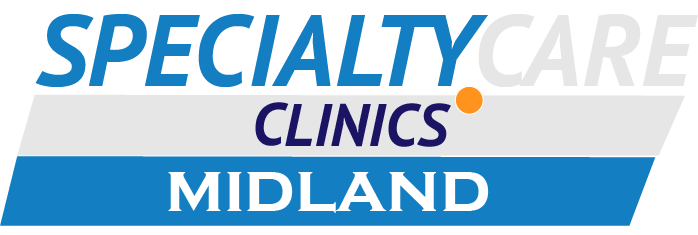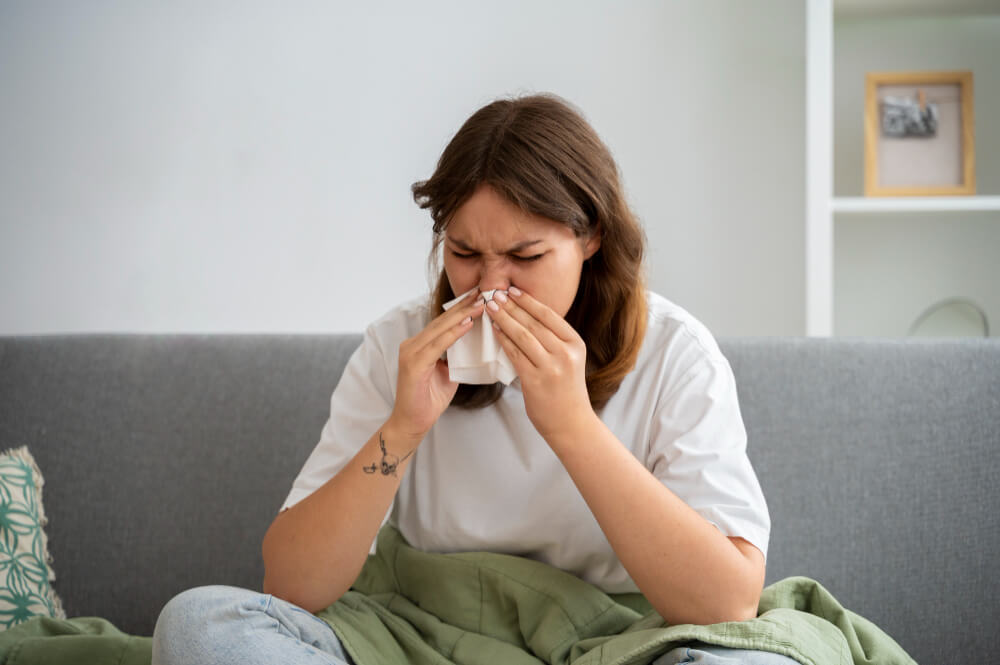Conquer Your Cavity Chaos: A Comprehensive Guide to Understanding and Treating Sinus Infections
Sinusitis, also commonly referred to as a sinus infection, is a condition that plagues millions of people worldwide. It occurs when the hollow spaces in your skull, called sinuses, become inflamed and filled with mucus. This inflammation can be caused by various factors, leading to a spectrum of unpleasant symptoms that can significantly impact your daily life.
Delving into the Sinuses: Understanding Their Role and Structure
Before diving into the nitty-gritty of sinus infections, let’s take a quick detour to understand the sinuses themselves. These air-filled cavities are located in your face around your eyes, nose, and forehead. They play a crucial role in several vital functions, including:
- Humidification: Sinuses help to humidify the air you breathe, adding moisture and preventing irritation in your nasal passages.
- Drainage: They assist in draining mucus produced in your nose and sinuses, keeping your respiratory system clear and healthy.
- Resonance: Sinuses contribute to the quality of your voice by creating resonance, influencing the sound and tone you produce.
There are four main pairs of sinuses:
- Maxillary sinuses: Located on either cheekbone, next to your upper teeth.
- Frontal sinuses: Situated above your eyebrows, in your forehead.
- Ethmoid sinuses: Found between your eyes, behind the bridge of your nose.
- Sphenoid sinuses: Located deep behind your nose, at the base of your skull.
Unveiling the Culprits: Causes of Sinusitis
Sinus infections can be triggered by various factors, with the most common culprits being:
- Viruses: The common cold virus is a frequent offender, causing inflammation and mucus production that can lead to sinusitis.
- Bacteria: When a viral infection lingers or weakens your immune system, bacteria can invade the sinuses, causing a more severe infection.
- Allergies: Seasonal allergies, hay fever, or dust mite allergies can irritate and inflame the sinuses, mimicking symptoms of a sinus infection.
- Nasal polyps: These noncancerous growths in the nasal passages can block sinus drainage and contribute to infections.
- Structural abnormalities: Deviations in the nasal septum (the wall separating your nostrils) or growths in the nasal cavity can obstruct drainage and increase the risk of sinusitis.
Recognizing the Enemy: Symptoms of Sinusitis
Sinusitis can manifest in various ways, with some symptoms more prominent than others. Here are some common signs to watch out for:
- Facial pressure or pain: This is a classic symptom, often described as a dull ache or pressure around the forehead, cheeks, or eyes. It can worsen when bending over or straining.
- Congestion and stuffiness: Difficulty breathing through your nose due to swelling and blockage in the nasal passages.
- Runny or stuffy nose: This can range from a clear, watery discharge to thick, discolored mucus (yellow or green).
- Postnasal drip: A sensation of mucus dripping down the back of your throat, often leading to a sore throat and cough.
- Reduced sense of smell or taste: Inflammation in the sinuses can affect the nerves responsible for smell and taste.
- Facial swelling: Puffiness or tenderness around the eyes, cheeks, or forehead.
- Fever: A low-grade fever may be present, especially in cases of bacterial sinusitis.
- Fatigue and malaise: Feeling tired and generally unwell is a common symptom.
- Headache: Sinus pain can radiate to the forehead and cause headaches.
- Bad breath (halitosis): Mucus drainage can contribute to bad breath.
When to Seek Medical Attention
While some sinus infections resolve on their own within a week or two, it’s crucial to seek medical attention if you experience:
- Symptoms lasting longer than two weeks
- Worsening symptoms despite home remedies
- High fever (above 100.4°F)
- Severe facial pain or swelling
- Vision problems
- Sudden, severe headache
Charting the Course to Relief: Treatment Options for Sinusitis

Home Remedies :
- Warm compresses: Applying warm compresses to your face, particularly around your eyes and forehead, can help ease facial pain and pressure.
- Hydration: Drinking plenty of fluids like water and warm broths helps thin mucus and facilitate drainage.
- Rest: Getting enough sleep allows your body to focus its resources on fighting the infection.
Medical Interventions:
For more severe or persistent sinus infections, your doctor may recommend additional medications or procedures:
- Antibiotics: These medications are only effective against bacterial infections, not viral ones. Your doctor will prescribe the appropriate antibiotic based on the identified bacteria. It’s crucial to complete the entire antibiotic course as prescribed, even if your symptoms improve, to prevent recurrence and antibiotic resistance.
- Prescription decongestants: Stronger decongestants may be necessary for stubborn congestion. However, similar to OTC options, use them cautiously and for a limited duration as directed by your doctor.
- Prescription nasal corticosteroids: These sprays reduce inflammation in the nasal passages and sinuses, providing relief from congestion and pressure. They may take several days to take full effect.
- Allergy medications: If allergies contribute to your sinusitis, antihistamines or allergy shots can help manage symptoms.
Surgical Intervention (In Rare Cases):
In rare instances where chronic sinusitis doesn’t respond to conservative treatment, surgery might be considered. This is usually performed by an ear, nose, and throat (ENT) specialist. The type of surgery depends on the location and cause of the blockage. Some common procedures include:
- Balloon sinuplasty: A small balloon is inserted into the sinus opening to widen it and improve drainage.
- Functional endoscopic sinus surgery (FESS): A minimally invasive surgery using thin instruments and a camera to remove blockages and open up the sinuses.
Preventing the Sinusitis Onslaught: Preventive Measures
While preventing all sinus infections isn’t always possible, here are some tips to minimize your risk:
- Practice good hand hygiene: Wash your hands frequently with soap and water to reduce the spread of viruses and bacteria.
- Manage allergies: If you have allergies, avoid triggers like dust mites, pollen, and pet dander. Consider allergy medication or consult an allergist for personalized advice.
- Stay hydrated: Drinking plenty of fluids helps keep your nasal passages moist and prevents mucus from becoming thick and sticky.
- Use a humidifier: Adding moisture to the air, particularly in dry climates, can help loosen mucus and soothe irritation.
- Avoid irritants: Smoke, air pollution, and harsh chemicals can irritate your sinuses. Minimize exposure to these triggers.
- Get enough sleep: A strong immune system is better equipped to fight off infections.
Living Well with Sinusitis: Long-Term Management
If you experience recurrent sinusitis, discuss long-term management strategies with your doctor. These might include:
- Regular nasal saline irrigation: Regularly rinsing your nasal passages with saline solution can help prevent future infections.
- Allergy management: If allergies play a role, consistent allergy medication or allergy shots can significantly reduce the risk of sinusitis episodes.
- Lifestyle modifications: Maintaining a healthy lifestyle with regular exercise, a balanced diet, and stress management can contribute to your overall immune health and potentially reduce the frequency of sinus infections.
By understanding the causes and symptoms of sinusitis, along with the available treatment options, you can effectively manage the condition and navigate a path to relief. Remember, if your symptoms persist or worsen, always consult your doctor for personalized advice and treatment.


